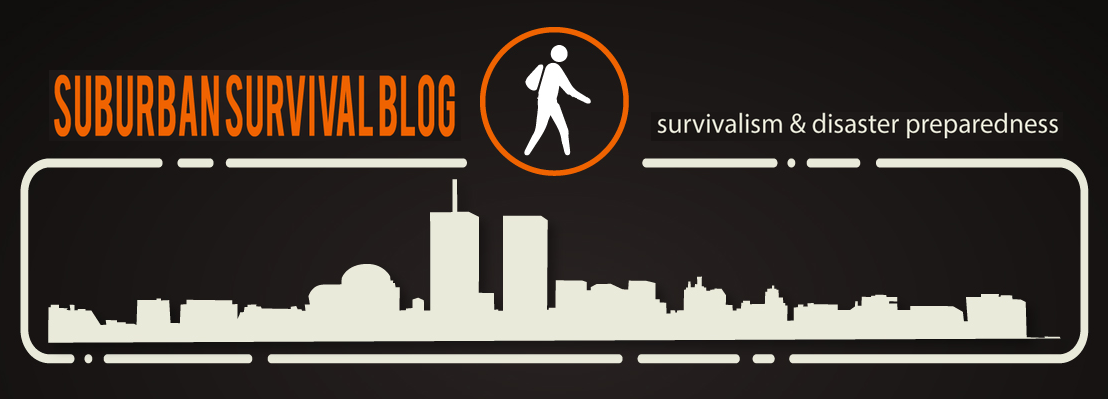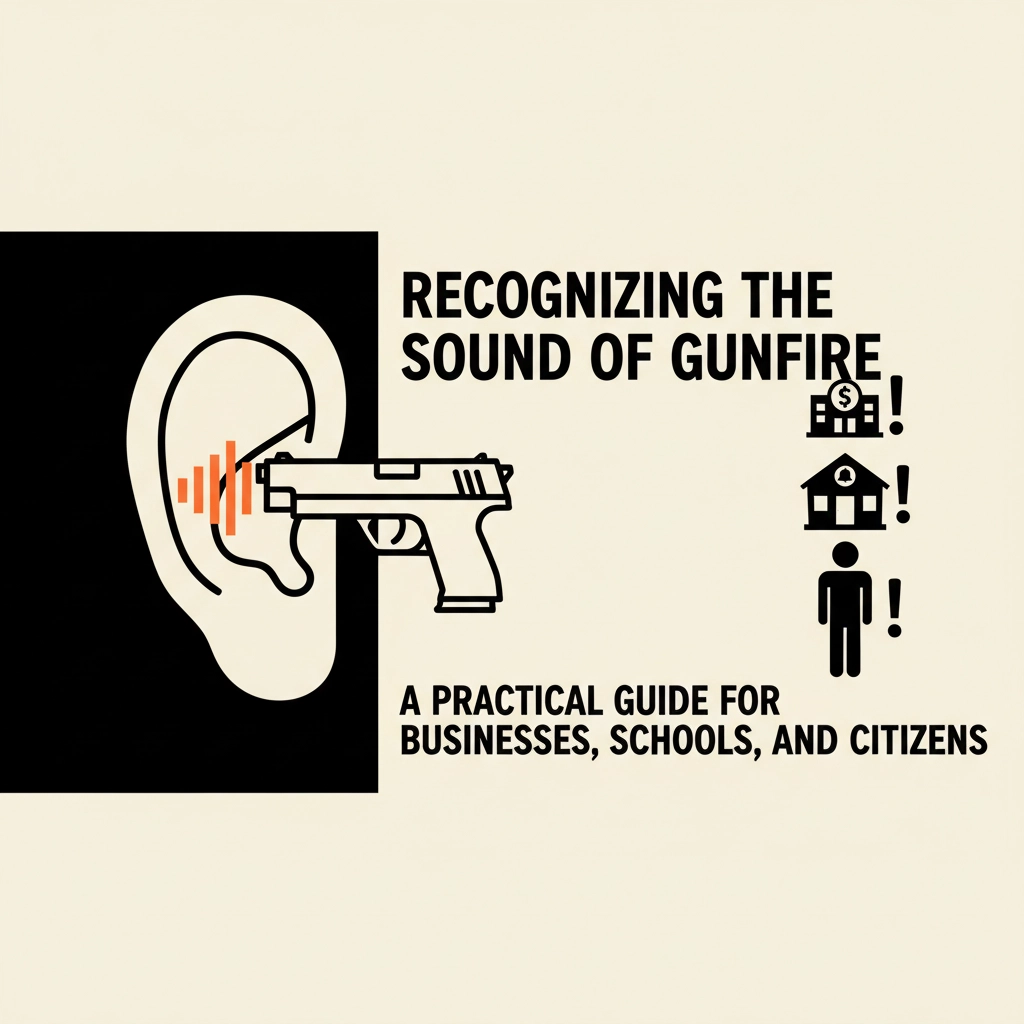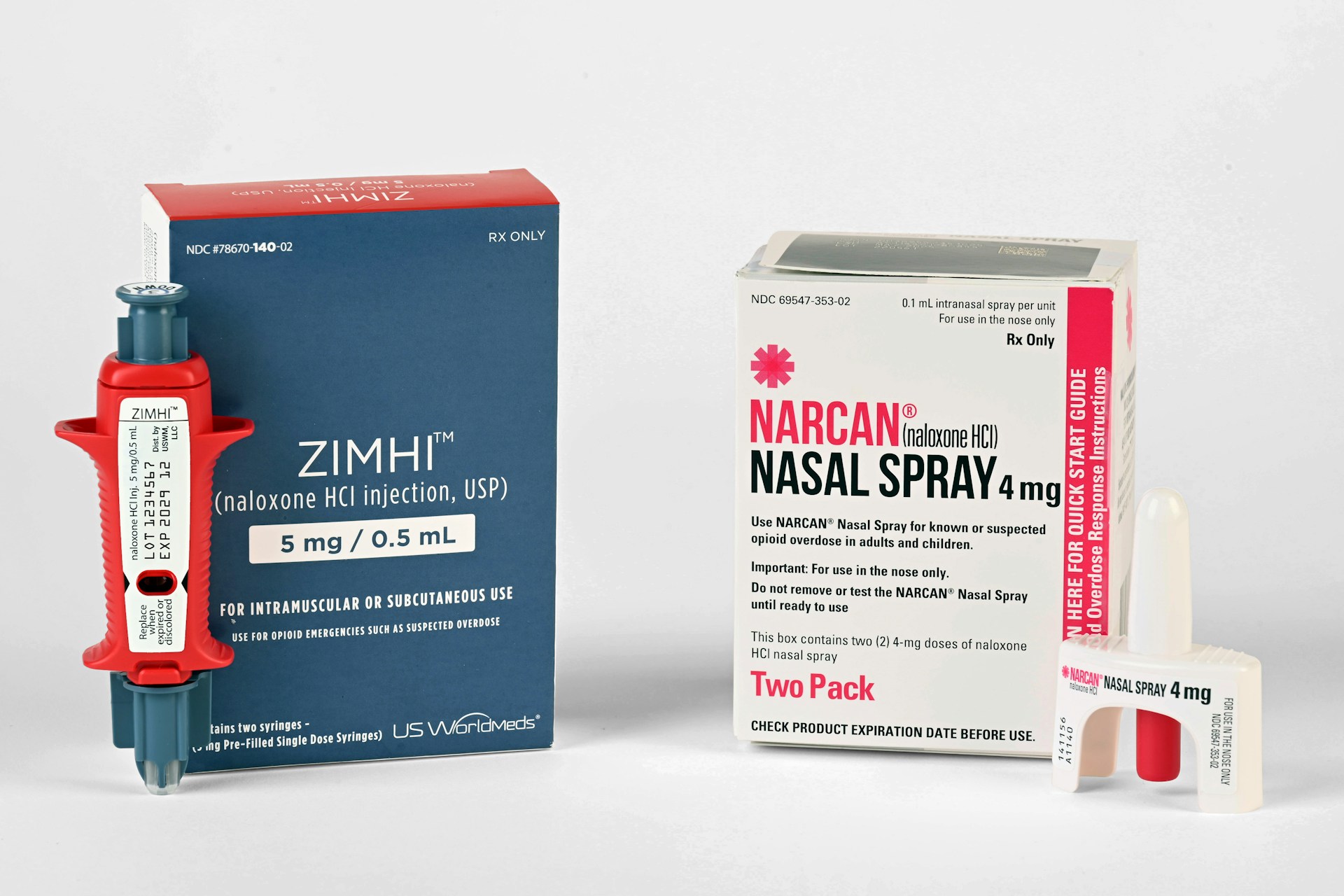When choosing a conceal-carry-weapon (CCW), I had many things to consider.
1) Concealability in typical clothing worn in Houston, Texas
2) Stopping power, including reliability.
3) Availability and price of ammunition, both pre and post-SHTF.
4) Budget — I was willing to spend >$1000 for a quality carry weapon.
The trade-off that struck me immediately was conceal-ability versus stopping power. Certainly, I would love to carry a full-framed .45 on a daily basis, but my typical clothing will not allow it. That is, in order for me to properly conceal the weapon, it had to fit in the front pocket of jeans, dockers or pocket-shorts. The only .45 that was close to the required size was a Glock G36 and even that was too large. So, my options immediately narrowed to a small frame 9 mm. I dismissed a .380 as it objectively has less stopping power than a JHP 9 mm round. .380 ammo is also more expensive and more rare than 9 mm.
As I surveyed the range of available compact 9 mm, I got a strong recommendation for a Kahr PM9. It fit my criteria for conceal-ability and stopping power as well as has a good reputation for reliability and durability.
Unfortunately, I was not able to shoot this gun prior to buying it. I was able to shoot a Kahr P9 which is the larger model and was happy with both the accuracy and recoil. Since it fit all my buying parameters, I purchased it. As you can see from the picture above, it is a small gun, with not enough room to fit all four fingers and thumb on the grip. While this does present some accuracy and recoil issues, I still am able to accurately shoot out to 15–20 yards. With the available extended magazine, accuracy improves somewhat. However, for conceal-ability, a six round magazine will be required whereas the seven round magazine can be carried as a spare. Note that the gun can be used on a 6 + 1 or 7 +1 configuration.
The other issue with the PM9 is a lack of a safety. This is offset by a very tight trigger and a long trigger pull. To me, not having a safety makes the PM9 similar to a double action revolver. Since I am used to shooting double action, this is not an issue for me. Not having a safety increases the risk of an accidental discharge, but is also one less thing to remember in a defensive situation. The trigger is smooth, but requires practice to maintain proper accuracy.
To date, I have put 300 rounds through the gun with three issues. There were two feeding failures with regular range ammo and one firing pin failure. I also had troubles with JHP ammunition getting stuck when loaded in a 7+1 configuration. It was then difficult to manually eject a round from the chamber. I never had ejection problems while firing the weapon and cannot consistently recreate the JHP manual ejection issue. I am left to assume that the ammo had some abnormality that caused the issue.
Overall, I am happy with the PM9. It can be concealed, has sufficient stopping power and highly-available and reasonably-priced ammunition. It is my hope that the feeding problems will be minimal as the break in period passes. If you are looking for a subcompact 9 mm, my recommendation is to seriously consider a Kahr PM9.









The Kahrs fit my hand like a glove. I love their ergonomics!
Believe it or not, if I were in the market for a single stack 9mm, I’d seriously consider the Kel-Tek PM9. Similar size and a heck of a lot less $$$$. Probably could buy two of them for the price of a Kahr.
I have a Glock 26 myself. Certainly “thicker” than the Kahr, but I like the fit in my hand (with the mag extension) and the 10 + 1 capacity. I also like the fact that it could take a magazine from my Glock 17, which would be my primary weapon during a SHTF scenario (with the G26 becoming a backup). For me, the peace of mind of being able to slap a G17 mag in the G26 seems like a good trade off for the extra “thickness”.
@TechPrepper. Good thinking there. If I didn’t have such girly-hands I’d go w/ the Glock setup too. For me, single-stack is a must!